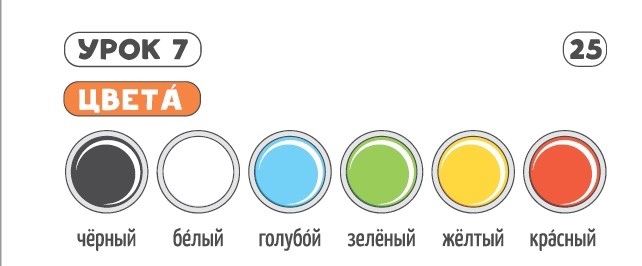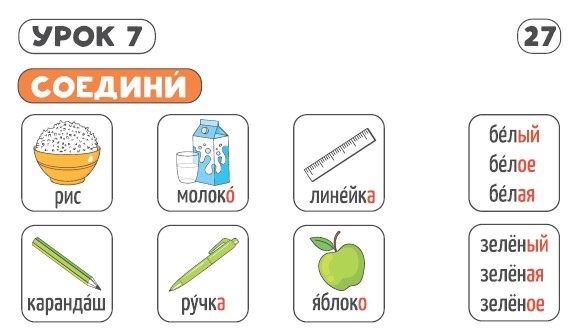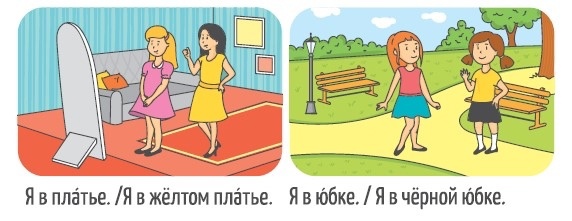Let’s begin with the definition. The adjective – is a part of speech that denotes a feature of the subject and answers primarily the question of “Which?”
Firstly, I propose to talk a bit about adjectives and “play” with them. I would like you to understand the full significance of this part of speech. All examples are taken from Vyacheslav Leikin’s book “Always on Thursday” (original title: “Всегда по четвергам”).
Женщина, идущая навстречу неожиданно улыбнулась улыбкой. (A woman coming toward us suddenly smiled a smile.)
How is it to “smile a smile”?
Now let’s expand this sentence by adding adjectives and some other words in it. The example is a bit romantic. Очаровательная женщина, скользящей походкой идущая навстречу, неожиданно улыбнулась обворожительной улыбкой. (A beautiful woman moving smoothly toward us suddenly smiled a charming smile.)
Or, consider the same sentence but with a touch of anxiety. Суетливая женщина, торопливо идущая навстречу, неожиданно улыбнулась скользкой улыбкой. (A very uptight woman moving hurriedly toward us suddenly smiled a slick smile.) The list of examples in this assignment can be endless.

In the course, we encounter adjectives immediately – in the topics of Colors (Lesson 7, page 25) and Size (Lesson 9, page 33).
Since in the course we learn the category of gender (by the examples of nouns), adjectives need to agree with nouns in gender (Lesson 7, page 27). This is how I explain it to my students: “Endings are easy to learn – when you write, just look at the last letters. ЗеленОЕ яблокО, краснАЯ машинА, and so on.”

As for the oral speech, here everything is easier – the difference between the words красное and красная is barely noticeable. For beginners, it is almost invisible. In fact, we need to drill two forms of the word – in the masculine and feminine genders.
Further on, we study a limited number of words and phrases in the course. We don’t learn grammar rules. I have written about it in my blog, and talked about it on YouTube and in seminars.
In Soroka 1 we learn literally several words in the accusative case and then in the prepositional case. We learn colors, because the basic level includes this topic. I recommend learning them by using items of clothing. Surely you can use colored pencils or books for it, but it’s boring; learning colors of clothes is more fun.
When we commence learning the prepositional case according to the plan (because it’s the easiest one), the question of “What kind of clothes?” seems to be logical and sound. This is how the assignments for adjectives in the prepositional case appeared in the course.

How should you work with them? Exactly the same way you work with phrases by the model noun + adjective – learn the entire phrase. By the way, here you also need to drill only the feminine and masculine form of the word, if this will help you.
In my opinion, confusion arises from the moment you try to explain the rule. Please, abandon this idea. The Soroka course – roughly speaking – is a peculiar conversation course. We master ready-made phrases and word combinations. If you initially stick to this position, you won’t have any problems.
Some people are trying to argue: “But other courses have nothing of the kind.” You know, I can’t be responsible for other courses. If you have any questions, please ask their authors. They are all lovely people; they will be glad to help you.
To sum up: We learn word combinations. Derive rules if we can and will. Definitely do an oral drill. And watch my video about learning rules. Turn on English subtitles to watch this video. All the best!

